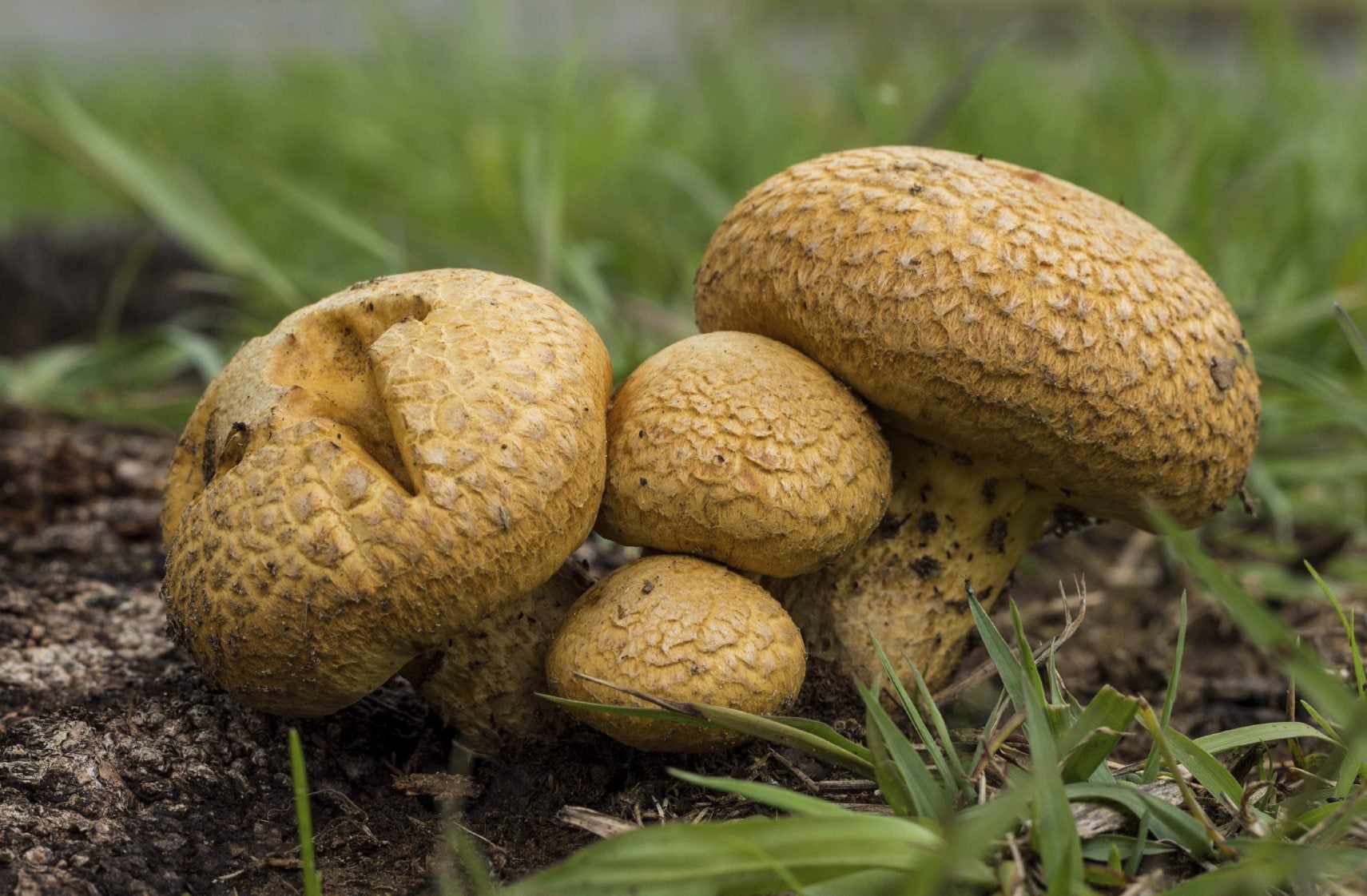What Are Fungi: Learn About Different Types Of Fungus


For years, the group of organisms called fungi was lumped together with bacteria and other tiny plants without roots, stems, leaves, or chlorophyll. It is now known that fungi are in a class all to themselves. So what are fungi? The broad definition indicates they do not produce their own food, their cell walls are made of chiton, reproduce by spores, and have cell nuclei. Read on to learn more.
What are Fungi?
It might be surprising to know what common items and conditions are caused by fungi. The types of fungus range from dangerous to beneficial and they occur in all environments. Yeast is a fungus. Athlete's foot is caused by a fungus, and the lifesaving drug penicillin is made from a fungus. Mushrooms are a common fungus growth in gardens, but fungal byproducts are also found in some cheeses, beer, champagne, and bread. The fungal kingdom is diverse and fascinating with a few surprises thrown in along the way. Fungi cannot produce their own food like most plants. They are either parasitic, decompose dead matter, or they are mutualistic or symbiotic. They have extracellular digestion and secrete enzymes. Each fungus secretes different enzymes specific to that organism's preferred food. Interestingly, fungi store their food as glycogen just like animals. Plants and algae store food like starch. Most fungi cannot move and must move towards food by growing toward it. Many types of fungus are multi-celled, although yeast is single celled.
Fungus Life Cycle
Fungus reproduction is not very romantic. It involves the fusion of the hyphae of two different individuals into a mycelium. This is where spores come in, which are dispersed by wind and can produce a new mycelium. The mycelium contains haploid nuclei from both specimens. The two nuclei fuse into a diploid nuclei, and meiosis further divides the nuclei into four. Fungi may reproduce either sexually or asexually. With asexual reproduction, a lone individual produces exact clones of itself. This form of the fungus life cycle is only advantageous in locations where the clones will thrive.
Fungus Control
Fungus in gardens or lawns, in the form of mushrooms, are not generally harmful and require no removal unless you have the kind that are poisonous. Certain varieties can cause unpleasant conditions like Athlete's foot, for which there are many brands of fungus control in your pharmacy. Other undesired fungus can be removed by controlling the environment. The type of fungus will dictate what atmospheric conditions need to be changed to prevent fungi. For instance, meats should be held in the refrigerator or freezer to prevent mold but plenty of other foods that are held in the refrigerator will still mold. Many species of fungi require high heat to survive. Some fungi need moisture while others thrive in dry conditions. Grass fungi respond to commercial fungicides, while problems like powdery mildew may be kept in check with baking soda spray. It is important to identify your particular fungi in order to apply the right treatment and manage the conditions in which it flourishes.
Sign up for the Gardening Know How newsletter today and receive a free copy of our e-book "How to Grow Delicious Tomatoes".

Bonnie Grant is a professional landscaper with a Certification in Urban Gardening. She has been gardening and writing for 15 years. A former professional chef, she has a passion for edible landscaping.